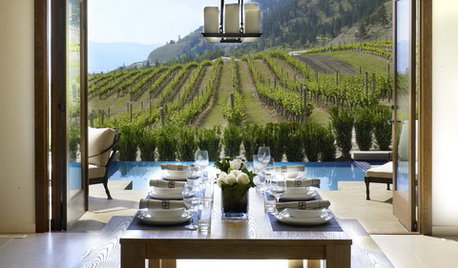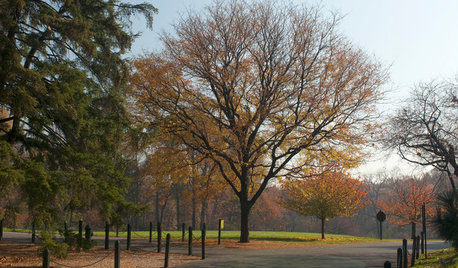Planting a new tree on top of old
sheryl77
11 years ago
Featured Answer
Comments (14)
ken_adrian Adrian MI cold Z5
11 years agoRelated Professionals
Marina Landscape Architects & Landscape Designers · Beverly Hills Landscape Contractors · Gaithersburg Landscape Contractors · Mashpee Landscape Contractors · Panama City Beach Landscape Contractors · Stony Brook Landscape Contractors · Teaneck Landscape Contractors · Winchester Landscape Contractors · South Laurel Siding & Exteriors · Garden City Decks, Patios & Outdoor Enclosures · Justice Decks, Patios & Outdoor Enclosures · Miami Decks, Patios & Outdoor Enclosures · Shirley Decks, Patios & Outdoor Enclosures · Wentzville Decks, Patios & Outdoor Enclosures · Dent Stone, Pavers & Concretecalliope
11 years agoken_adrian Adrian MI cold Z5
11 years agoj0nd03
11 years agojimbobfeeny
11 years agoken_adrian Adrian MI cold Z5
11 years agoj0nd03
11 years agogreyandamy
11 years agowisconsitom
11 years agogreyandamy
11 years agofamartin
11 years agoHurtle
11 years agopoaky1
11 years ago
Related Stories

GARDENING GUIDES10 Top California Native Plants, Trees and Grasses
Enjoy a fuss-free, water-wise garden in the Golden State by growing plants naturally in tune with the climate and wildlife
Full Story
SPRING GARDENINGTop 10 Scented Plants for Your Garden
A palette of perfumed plants can transform even the smallest of gardens into a sensory delight
Full Story
GARDENING AND LANDSCAPINGOld-School Green Design: Art Imitates Plants
Enjoy the play of color and form when nature and design work together
Full Story
GARDENING GUIDES10 Top Native Plants for the U.S. Southeast
For a low-maintenance and wildlife-friendly landscape, use Southern natives that withstand heat and humidity
Full Story
GARDENING GUIDESWhen and How to Plant a Tree, and Why You Should
Trees add beauty while benefiting the environment. Learn the right way to plant one
Full Story
TREES7 Deer-Resistant Flowering Trees to Plant this Fall
If you live in a neighborhood with roaming deer, consider these beautiful trees that won't tempt hungry guests
Full Story
GARDENING GUIDESGreat Design Plant: Honey Locust Tree
No, it doesn't actually produce honey. But its dappled light and tolerant nature are treats in city and country settings alike
Full Story
GARDENING GUIDESGrow Your Own Privacy: How to Screen With Plants and Trees
Use living walls to lower your home and garden's exposure while boosting natural beauty in your landscape
Full Story
EDIBLE GARDENSWhy Grow Quince? For Beauty, Fragrance and Old-Time Flavor
Delightfully perfumed fruit and lovely spring blossoms make this apple and pear cousin worth a spot in the garden
Full Story
HOUSEPLANTS10 Top Plants to Grow Indoors
Brighten a room and clean the air with a houseplant that cascades artfully, stretches toward the ceiling or looks great on a wall
Full StoryMore Discussions








j0nd03